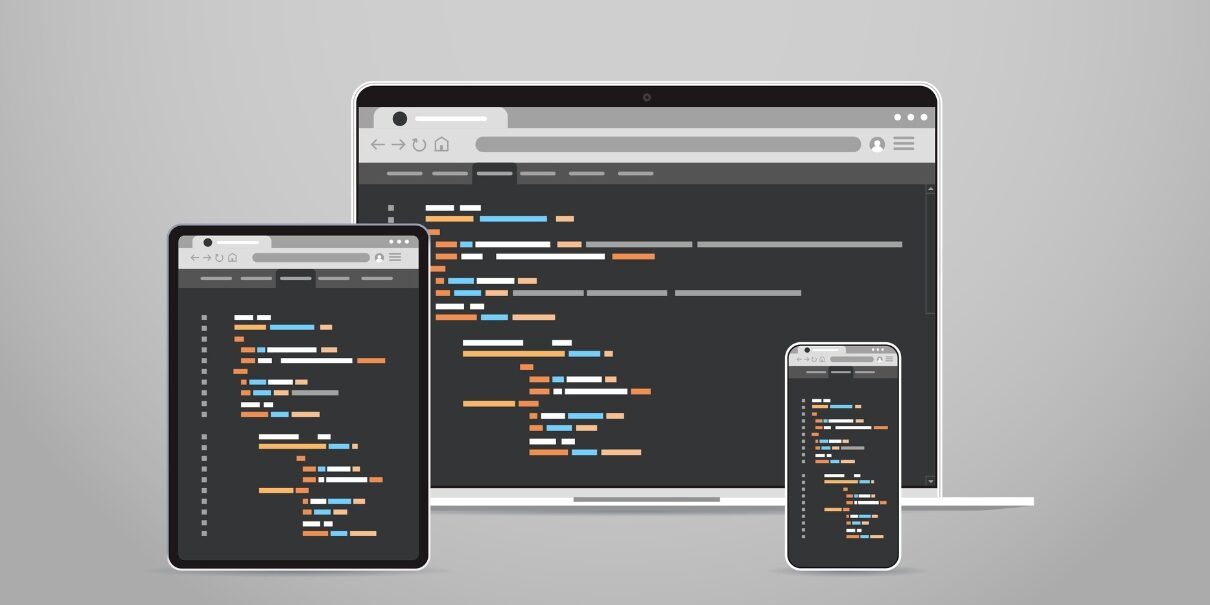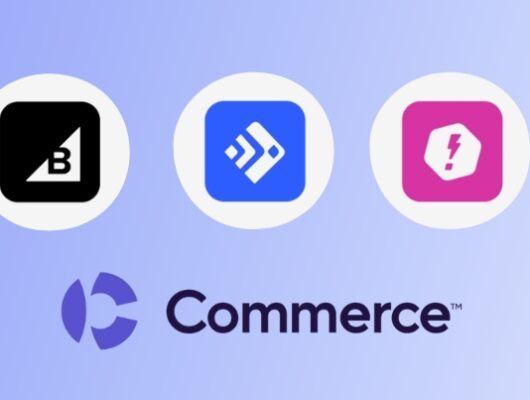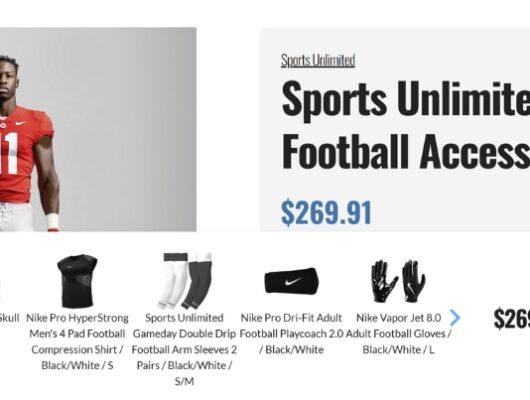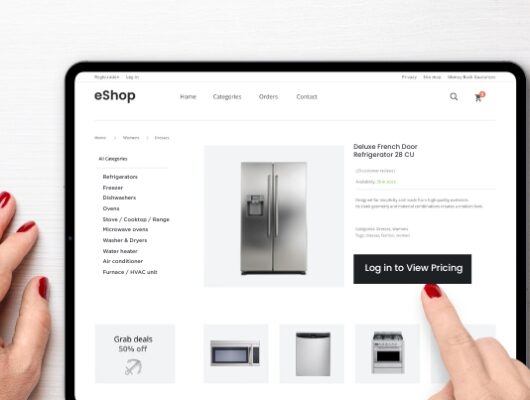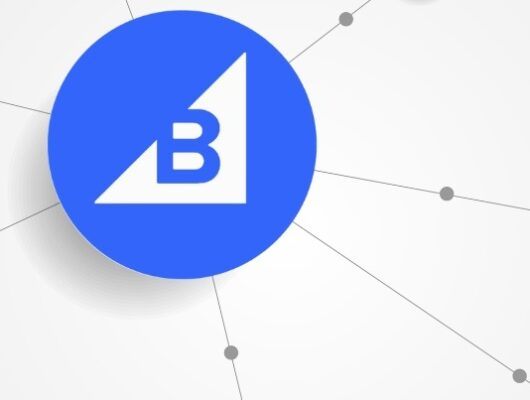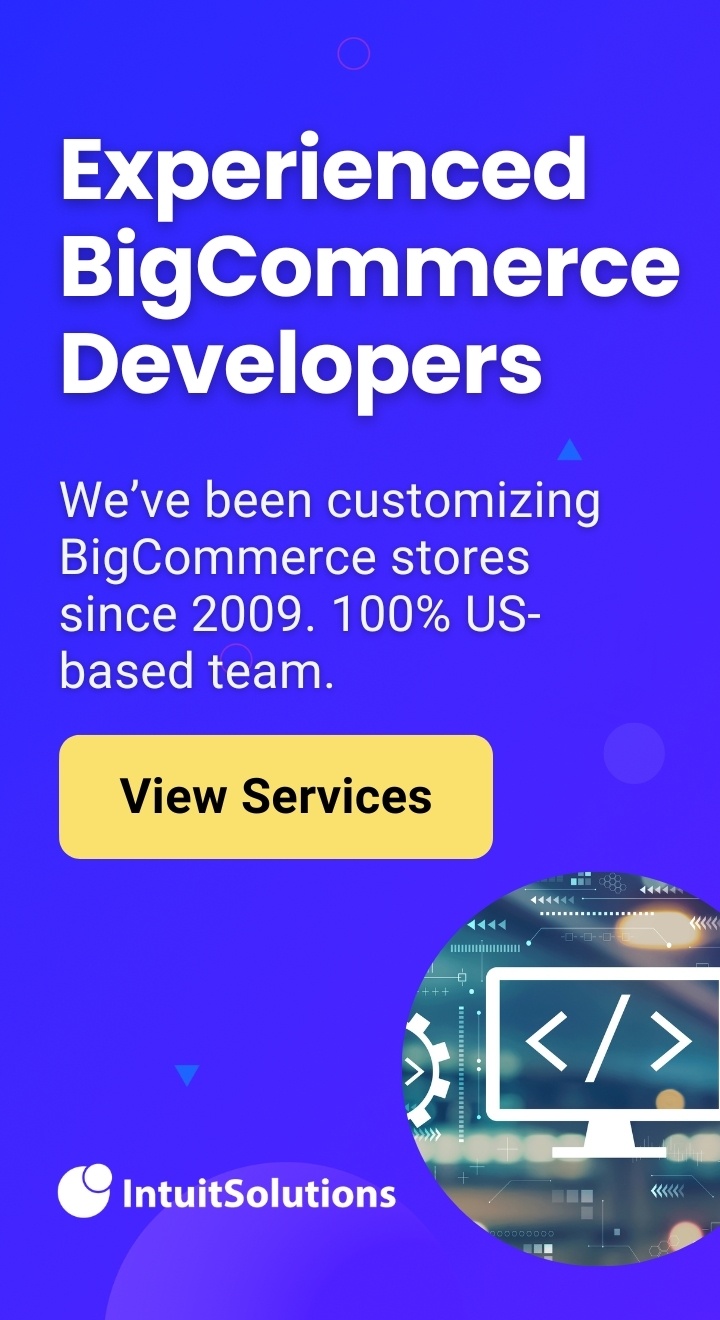Product images are essential to the online shopping experience—but if they’re not rendered efficiently, they can become a major performance bottleneck. Unoptimized images increase load times, cause layout shifts, and negatively impact search rankings.
We recently implemented a responsive image-loading strategy for some of our BigCommerce stores experiencing these issues. The result? Faster load times, stronger SEO performance, and a smoother user experience across all devices.
The Challenge: Oversized and Inefficient Image Loading
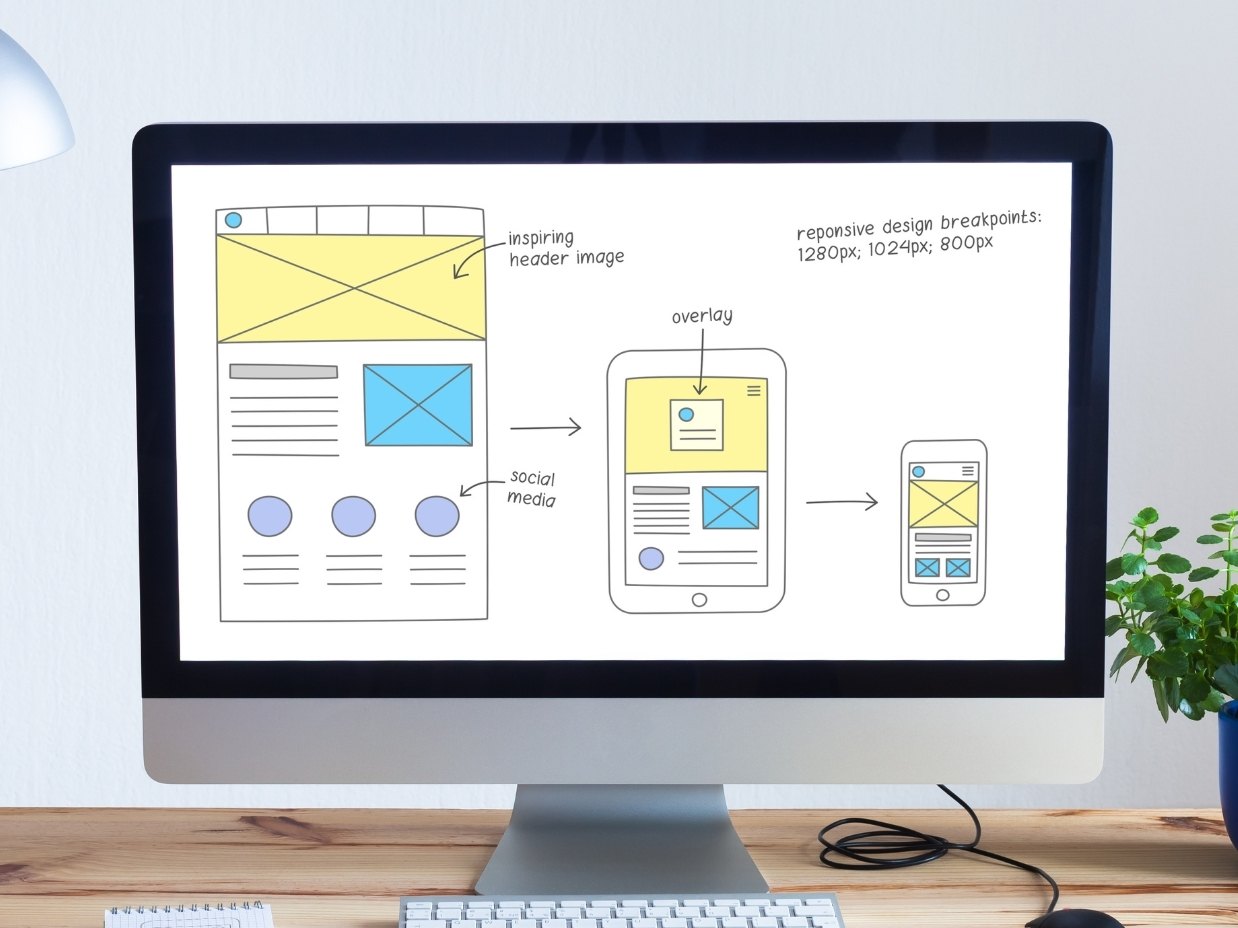
During a performance review for one of our ecommerce optimization and support clients, we found that many site images were being delivered at much larger sizes than necessary. For instance, an image rendered at 138px wide was loading at 264px—nearly double the needed size.
This mismatch negatively impacts mobile speed and causes poor scores on Core Web Vitals, which are essential performance metrics that influence Google search rankings. These include:
- Largest Contentful Paint (LCP): Measures how quickly the main content loads; often a large image or text block.
- Interaction to Next Paint (INP): Tracks how quickly the site responds to user interactions like clicks and taps.
- Cumulative Layout Shift (CLS): Evaluates layout stability by measuring unexpected shifts as the page loads.
Need help diagnosing your site’s performance? Request a complimentary performance audit.
Complimentary Performance Audit
Get a live consultation on the technical factors impacting your website's speed and performance.
The Solution: Responsive Image Handling for BigCommerce
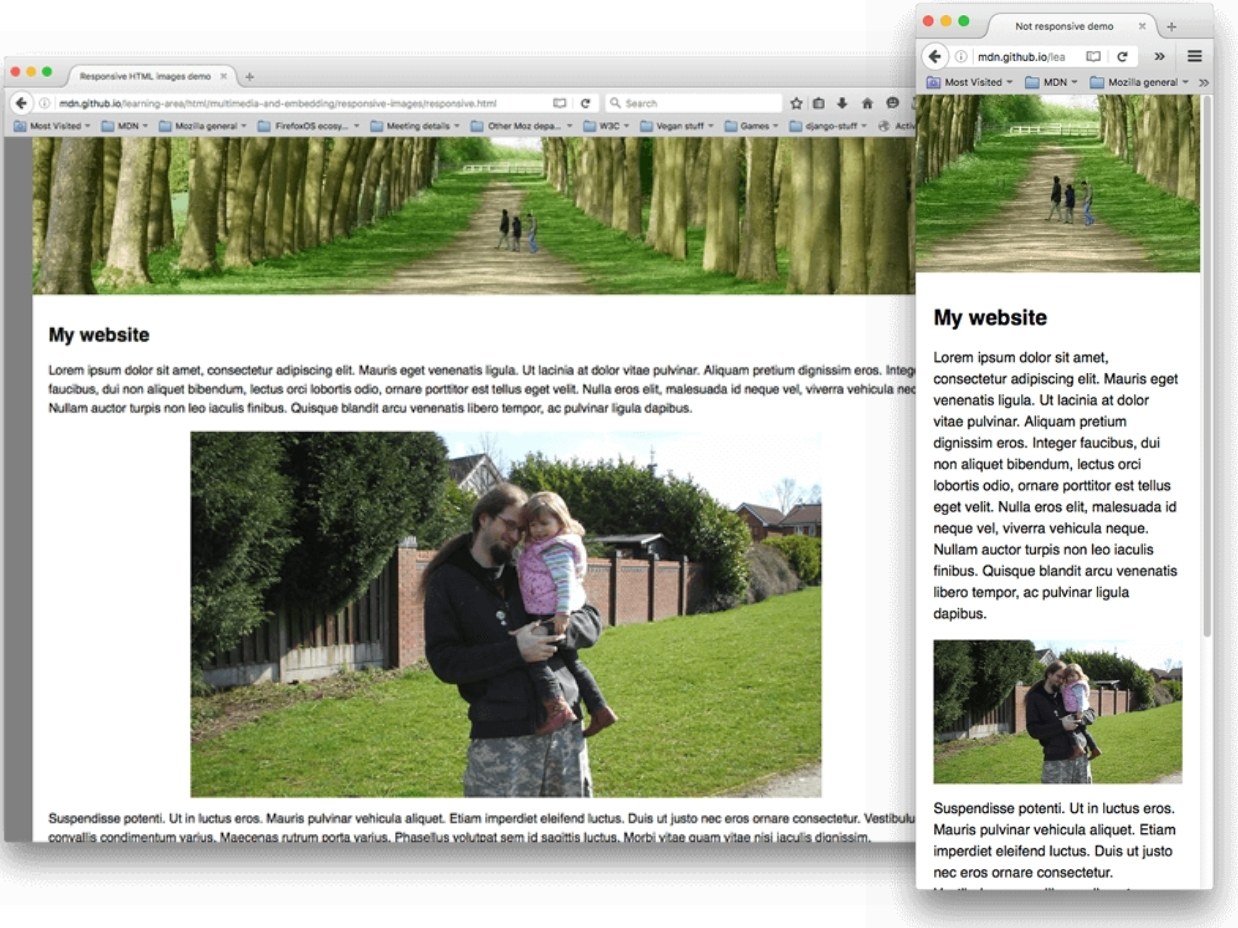
Photo Source: Using Responsive Images in HTML, developer.mozilla.org
Our BigCommerce developers implemented a solution using BigCommerce’s built-in Handlebars image helper. This approach enables the browser to intelligently select the best image size based on screen width and pixel density.
Instead of serving one static image to every device, we now provide a set of optimized image sizes the browser chooses, depending on the device viewport:
- Smaller images for low-resolution mobile screens
- Higher-resolution images for retina or high-density displays
- Appropriately sized images for mobile phones, tablets, and desktops
This not only improves performance across all device types but ensures images look crisp without wasting bandwidth.
Why Image Performance Matters for Ecommerce SEO
Ecommerce image optimization affects more than just aesthetics; it’s a key part of site performance, SEO, and user experience. With responsive image delivery, your store loads faster, looks sharper, and performs better on every screen size and device type.
This approach leads to clear, measurable advantages:
- Improved User Experience: Faster, more stable pages keep shoppers engaged and reduce frustration from layout shifts.
- Better Performance Scores: Sites that load efficiently score higher on Lighthouse audits and meet Core Web Vitals thresholds.
- Enhanced SEO: Search engines factor technical performance into rankings, so optimizing image delivery helps your site show up higher in results.
- Efficiency Across Devices: Serve crisp, high-quality images without wasting bandwidth or compromising speed on mobile.
Ready to Improve Image Performance on Your BigCommerce Store?
Image optimization isn’t one-size-fits-all—and out-of-the-box settings often fall short of what modern ecommerce sites need. If you’re looking to improve load times, enhance mobile performance, or meet Core Web Vitals benchmarks, we can help.
At IntuitSolutions, we specialize in custom BigCommerce development and ongoing performance enhancements to help you enhance your ecommerce SEO. From responsive image handling to full-site audits, our team knows how to turn technical improvements into real results.
Let’s make your site faster, sharper, and more search-friendly. Contact us today to get started.
Complimentary Performance Audit
Get a live consultation on the technical factors impacting your website's speed and performance.


